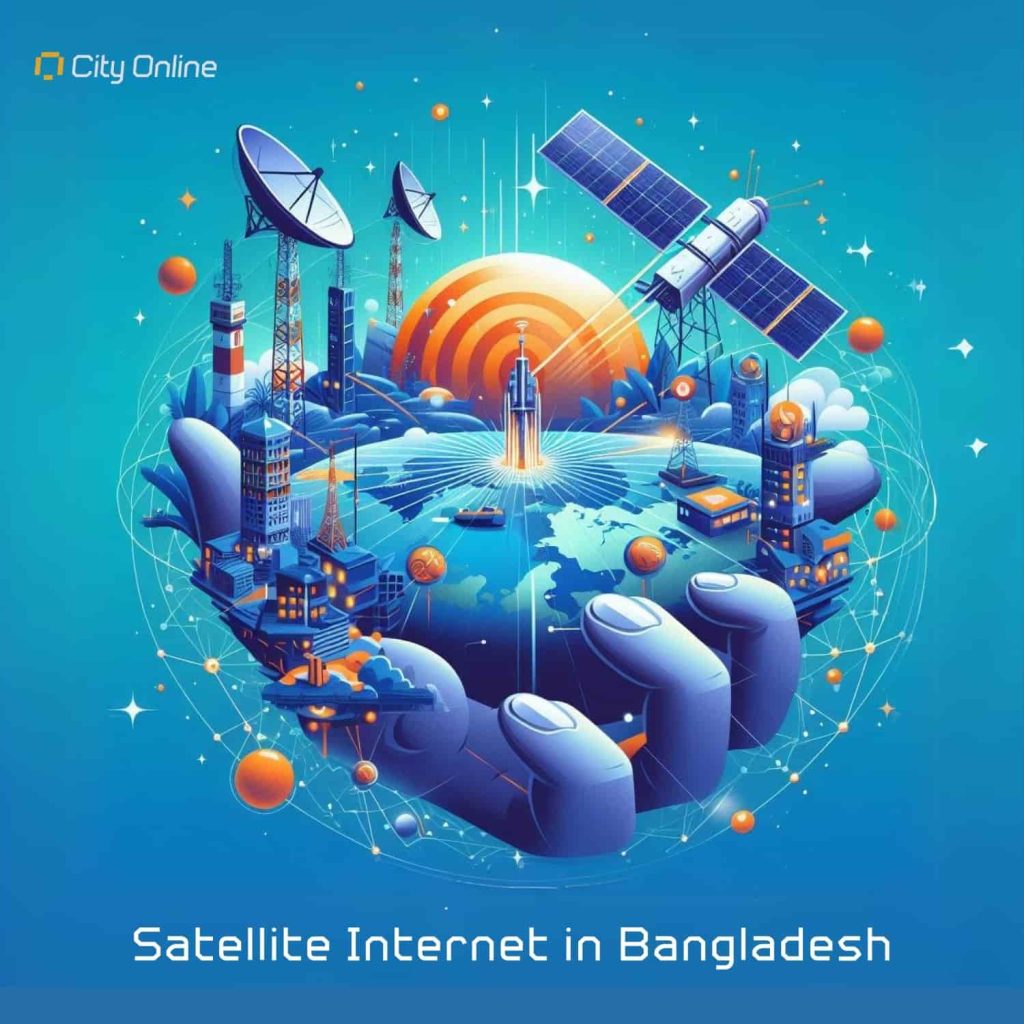In the bustling markets of Dhaka to the serene landscapes of the Chittagong Hill Tracts, the demand for reliable internet connectivity is universal. Despite significant advancements in telecommunications, many regions in Bangladesh still grapple with inconsistent and limited broadband services. This is where satellite internet emerges as a compelling solution, offering to bridge the digital divide and propel the nation into a new era of connectivity. This article explores the transformative potential of satellite internet in Bangladesh, targeting individuals and businesses seeking robust and expansive broadband services.

The Current Broadband Landscape in Bangladesh
Bangladesh has made commendable strides in enhancing its telecommunications infrastructure. With a burgeoning number of internet users, the demand for broadband services has never been higher. However, traditional broadband delivery systems, predominantly reliant on terrestrial cables, face significant challenges. Urban areas enjoy relatively high-speed connections, but rural and remote regions often experience poor service due to the geographical and economic challenges associated with extending fiber-optic networks.
What is Satellite Internet?
Satellite internet technology utilizes telecommunications satellites in Earth’s orbit to provide internet access. By employing small dish antennas and satellite modems, users can receive broadband signals directly from satellites, bypassing the need for ground-based infrastructure. This technology is particularly advantageous in areas where laying cables is impractical or too costly.
Advantages of Satellite Internet in Bangladesh
1. Ubiquitous Coverage
Satellite internet does not depend on local infrastructure, which means it can deliver high-speed internet access to the most remote areas of Bangladesh. This is a substantial benefit for rural communities where traditional broadband services are either too slow or non-existent.
2. Quick Deployment
Setting up satellite internet requires minimal physical infrastructure compared to traditional broadband. Once the satellite is in orbit, providers can rapidly deploy services by simply installing user terminals, drastically reducing the setup time.
3. Reliability
Unlike terrestrial internet connections, which can be disrupted by physical damages to cables and infrastructure, satellite internet offers a more reliable connection. This can be particularly beneficial during natural disasters when maintaining communication is crucial.
4. Improved Capacity
Recent advancements in satellite technology, such as the development of high-throughput satellites, have significantly increased the data capacity and speed of satellite internet services. This makes satellite internet a competitive alternative to traditional broadband, especially for bandwidth-intensive applications.

Challenges of Satellite Internet
While satellite internet offers numerous benefits, some challenges need addressing:
1. Latency Issues
Satellite internet inherently suffers from higher latency due to the long distance that signals must travel from the Earth to the satellite and back. This can affect the performance of real-time applications, such as online gaming and certain types of business software.
2. Cost Factors
The initial setup cost for satellite internet can be higher than traditional broadband due to the technology involved. However, the potential to reach a broader customer base can offset these costs over time.
3. Weather Sensitivity
Satellite signals can be susceptible to interference from atmospheric conditions like rain and storms, known as rain fade, which can temporarily reduce the quality of the service.
The Future of Satellite Internet in Bangladesh
With global players like SpaceX’s Starlink and Amazon’s Project Kuiper planning to deploy thousands of satellites, the future of satellite internet looks promising. These developments could dramatically increase the availability and quality of internet services in Bangladesh, fostering greater social and economic inclusion.
What is the speed of Starlink internet in Bangladesh?
In Bangladesh, Starlink’s internet service, as demonstrated, can reach impressive speeds of up to 500 Mbps, with a more commonly reported speed around 150 Mbps for downloads. This level of speed is significantly higher compared to typical broadband services available in many areas of the country, making it a promising option for regions with limited access to traditional internet infrastructure (The Daily Star) (The Business Post).
Conclusion
Satellite internet holds the key to unlocking the full potential of digital connectivity in Bangladesh, especially in underserved regions. As technology progresses and costs decrease, it could very well become a mainstream solution to the nation’s internet woes. For consumers and businesses alike, the advent of satellite internet promises a future where access to information and connectivity barriers are things of the past.

